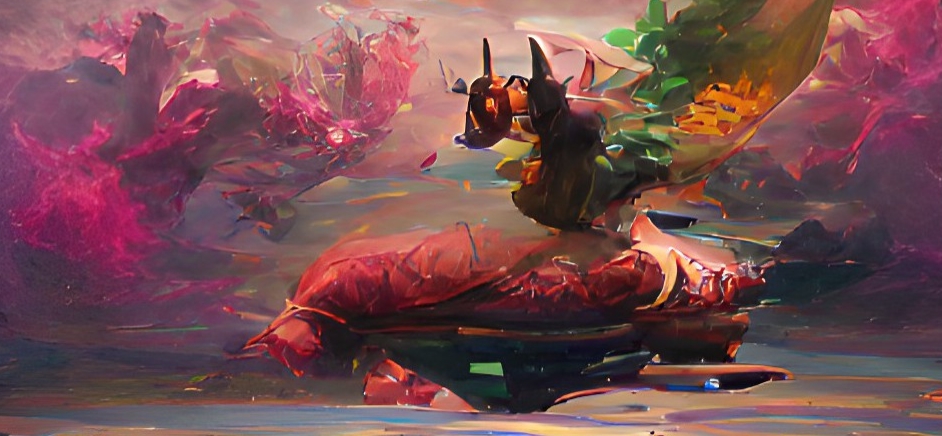Anatomy
These dragons have a tubby body, with a long neck and long tail. Their scales are primarily a light yellow, but with striped black and purple ones on their bellies. Their hind legs are large, and can be used to kick others, while their front arms are pathetically short, ending in a single talon. Their wings sit above their front arms, with a short thumb and long fingers. Their wingskin is thin, a yellow with an purple outer border between each finger, and black scales on their fingers.
Scales
Mostly bright yellow, the scales are tough and can be used for armour. Keep in mind they are coated in a thin saliva, so the armour can be uncomfortable. Best to wear something underneath. There are also black and purple scales, found on the underbelly and under the tail, on the crest, and around the wings.
Crest
Almost certain that the crest has many functions, most commonly for energy. The large surface area from bumps in the crest absorb more light. The crests are also used for mating purposes, attracting the other sex, and for scaring off predators by making them seem larger than they are.
Sexual Dimorphism
Females possess a much smaller crest, meaning males mostly attract females. Their black and purple stripes are thinner and more frequent, as well as their primary colour scales being much lighter. The scales are also thicker on females, with more saliva coating them.
Habitat
Crested puffpoisons enjoy a warm climate. I've spotted them on seventeen islands, all of which have an average temperature of 30 degrees or higher. I've mostly tracked them in forest environments, except for during breeding season when they inhabit their beaches in large colonies. The biggest population of crested puffpoisons is on
Kazaharo Cliffs, about 30,000 individuals.


I feel like watching a documentary about Crested Puffpoisons now. The interesting descriptions about anatomy and mating/parental behavior brings them to life. Though that may just be my lack of animal anatomy showing, I would have loved more details about the crest, its position and its purposes. I get the impression these dragons are having a tough time with the dragon hunters (unless they are currently breeding) - are there any particular strategies involved - maybe the dragon hunter could reveal a little more? How do they rank in terms of danger level compared to other dragons? All sections are interesting to read, I wouldn't have minded to have some more!
You have no idea how happy it makes me seeing you'd like to watch a documentary on these dragons. The articles are always a WIP, so expect lots more info in the future - especially on the dragon hunting, it will be a major part of this world :)